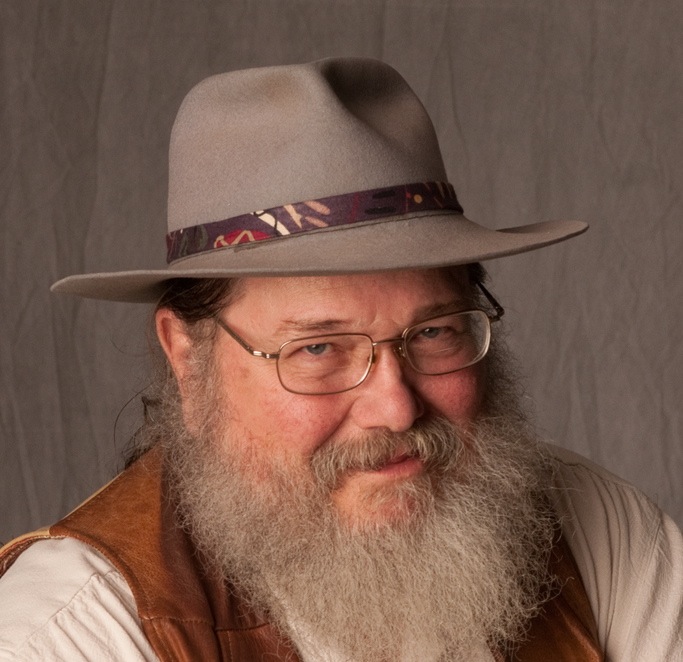“Pancho Villa crossed the border in the year of ought 16/The people of Columbus still hear him riding through their dreams/He killed 17 civilians you could hear the women scream/Blackjack Pershing on a dancing horse was waiting in the wings/Tonight we ride, tonight we ride/We’ll skin ol’ Pancho Villa, make chaps out of his hide/Shoot his horse, Siete Leguas, and his 27 brides/Tonight we ride, tonight we ride.”
–Tom Russell, “Tonight We Ride”
“Family Ernesto Garcio” reads the hand-painted sign nailed to a 2-by-4 planted solidly in a lot marked by loops of spent nylon fishing net. Similar lots repeat across the Sonoran desert to the black rock mountains a mile away. This is the barren bit of moonscape I cross to reach my seaside Baja cabin. These signs of recent occupation have occurred since my last visit. Through a gap in the mountains I see a wedge of the Sea of Cortez that reveals the improbable turquoise blue of 1960s postcards and the thrust of San Felipe’s Lighthouse. The angled evening sun light up the nets like so many spider webs.
A few weeks ago word traveled through the barrios of San Felipe that the absentee land owner of that particular tract of stark land had passed away and it was up for grabs. Within days people had moved on site and begun to stake their modest claims. With gossamer-like shrimp nets stretched between cholla cactus and garlands of police caution tape strung from ocotillo, the families Hernandez and Gutierrez and Mendiola each claimed 300 square feet of sand, lizards, stars and salt air. They gathered until almost a thousand people camped on the site of the old town dump within a mile of the town’s glow and the sea’s wheeling gulls. Cook fires smudged the sky and children ran in games of tag. Fathers placed whitewashed stones to delineate the margins of the new home place. Mothers steamed green corn tamales over open coals and life held sweet promise.
Almost 10 years before a development company had contracted to buy this same piece of property. Their flashy Web page showed architect’s drawings of the high-rise condos they would construct with seaside swimming pools and landscaped grounds integrated with a world-class golf course designed by Arnold Palmer. Some of the promo photos they used were actually of my cabin and stretch of beach. They were flying people down from Phoenix in a private plane and doing a high pressure pre-sell of memberships. No one was surprised when they disappeared after a year with no ground broken or financial obligations met.
When the Spanish brought gunpowder, syphilis and Christianity to the Aztecs they found them practicing the ejido form of land use where most public lands were held in common and used by all. They replaced it with encomienda, a “trust” where the crown awarded land grants to individuals. The receiver of the grant was to protect the natives and to instruct them in the Spanish language and the Catholic faith. In return, they could extract tribute from the natives in the form of labor, gold or agricultural products. This remained in place until the Mexican Revolution of 1910 when the ejido system was reestablished. Under President Cardenas in the 1930s it flourished. Landless farmers could petition the government to form an ejido and after review the government would expropriate land from wealthy land owners and designate it an ejido. The petitioners would be given farming/use rights they could pass on to their children as long as they didn’t leave the parcel vacant for two years. This all changed in 1992 when World Bank and NAFTA authors, fearing for the safety of corporate investments, negotiated away the protection of the ejido system.
In far away Mexicali, the absentee landowner received news about his windblown acres being overrun by greedy sooners. Local authorities found a scene that must have looked somewhat like a refugee camp in Afghanistan. Color, life and sound were blooming across the tea brown rocks like a patchwork quilt, and their nets were winnowing the breeze for the irrepressible dream of a place of their own. Authorities drove them forth from “the garden” and cut a deep ditch cut across one entrance road. At the other entrance a massive chain was stretched between heavy posts and padlocked.
Is that the sound of Pancho Villa’s horse I hear?

